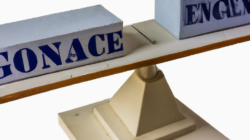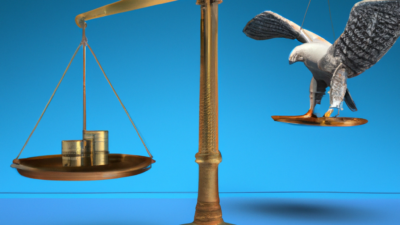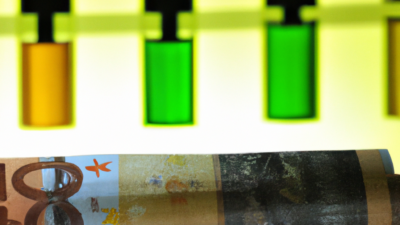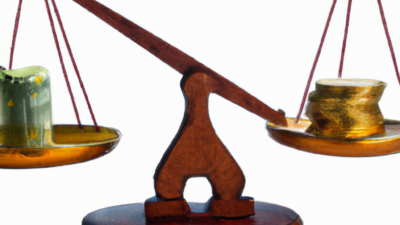**Article Introduction:**
In the intricate dance of a nation's economy, the specter of depression is one of the most daunting challenges policymakers can face. Economic depressions are characterized by prolonged periods of significant downturns in economic activity, widespread unemployment, deflation, and a general decline in consumer and business confidence. As history has shown, from the Great Depression of the 1930s to the more recent global financial crisis of 2008, navigating out of such economic quagmires requires meticulous and strategic intervention. Central to this recovery effort is the role of monetary policy. But which monetary policy is best suited to cure depression? This article delves into the various monetary policy tools available to central banks, examining their effectiveness, drawbacks, and the contexts in which they can be most optimally employed. By drawing on historical precedents, economic theory, and current expert opinions, we aim to uncover the most viable monetary strategies to guide an economy back from the brink of depression to a path of sustainable growth and stability.
Certainly! Below is a content outline for an article on the topic of which monetary policy is suggested to cure depression:
When addressing economic depression, monetary policy plays a crucial role in stabilizing and revitalizing the economy. During periods of economic downturn, traditional monetary policy tools can be employed, often with a focus on expansionary measures aimed at increasing liquidity, boosting demand, and encouraging investment.
1. **Lowering Interest Rates:** One of the primary tools the central bank can use is to lower the benchmark interest rates. By reducing the cost of borrowing, businesses and consumers are more likely to take loans for investment and spending, thus stimulating economic activity. Lower interest rates also reduce the burden of existing debt, freeing up additional resources for spending.
2. **Quantitative Easing (QE):** When interest rates are already near zero and cannot be lowered further, central banks may resort to quantitative easing. This involves purchasing long-term securities, such as government bonds and mortgage-backed securities, to inject liquidity directly into the financial system. The increased money supply lowers long-term interest rates and encourages investment in riskier assets, thereby supporting economic growth.
3. **Forward Guidance:** Central banks can also use forward guidance to influence market expectations and behavior. By communicating their intentions to keep interest rates low for an extended period or until certain economic conditions are met, central banks can assure markets and investors, fostering a stable environment conducive to spending and investment.
4. **Negative Interest Rates:** In some cases, central banks may implement negative interest rates, effectively charging banks for holding excess reserves. This policy aims to incentivize banks to lend more aggressively, thereby increasing the flow of money into the economy. However, this tool is controversial and can have mixed effects, such as squeezing bank profit margins.
5. **Supporting Financial Institutions:** During a depression, the stability of financial institutions is paramount. Central banks can provide emergency lending facilities, reduce reserve requirements, and take other measures to ensure that banks remain solvent and capable of extending credit. This helps prevent a credit crunch, which can exacerbate economic decline.
6. **Monetary Policy Coordination:** Coordinating monetary policy with fiscal policy can amplify the effectiveness of both. For instance, central banks can support government spending programs by purchasing government debt or by ensuring low borrowing costs. This coordination helps to reinforce demand-side stimuli and accelerate recovery.
7. **Targeted Lending Programs:** Central banks can implement targeted lending programs designed to support specific sectors of the economy that are most affected by the depression. For example, during the COVID-19 pandemic, several central banks established facilities to support small and medium-sized enterprises (SMEs) and critical industries.
In conclusion, an effective monetary policy to cure economic depression typically involves a combination of these tools, aimed at lowering borrowing costs, increasing liquidity, and restoring confidence in the financial system. The goal is to stimulate spending, investment, and overall economic activity, thereby facilitating a return to growth and stability. Each economic depression may require a tailored approach, depending on its unique characteristics and underlying causes.













